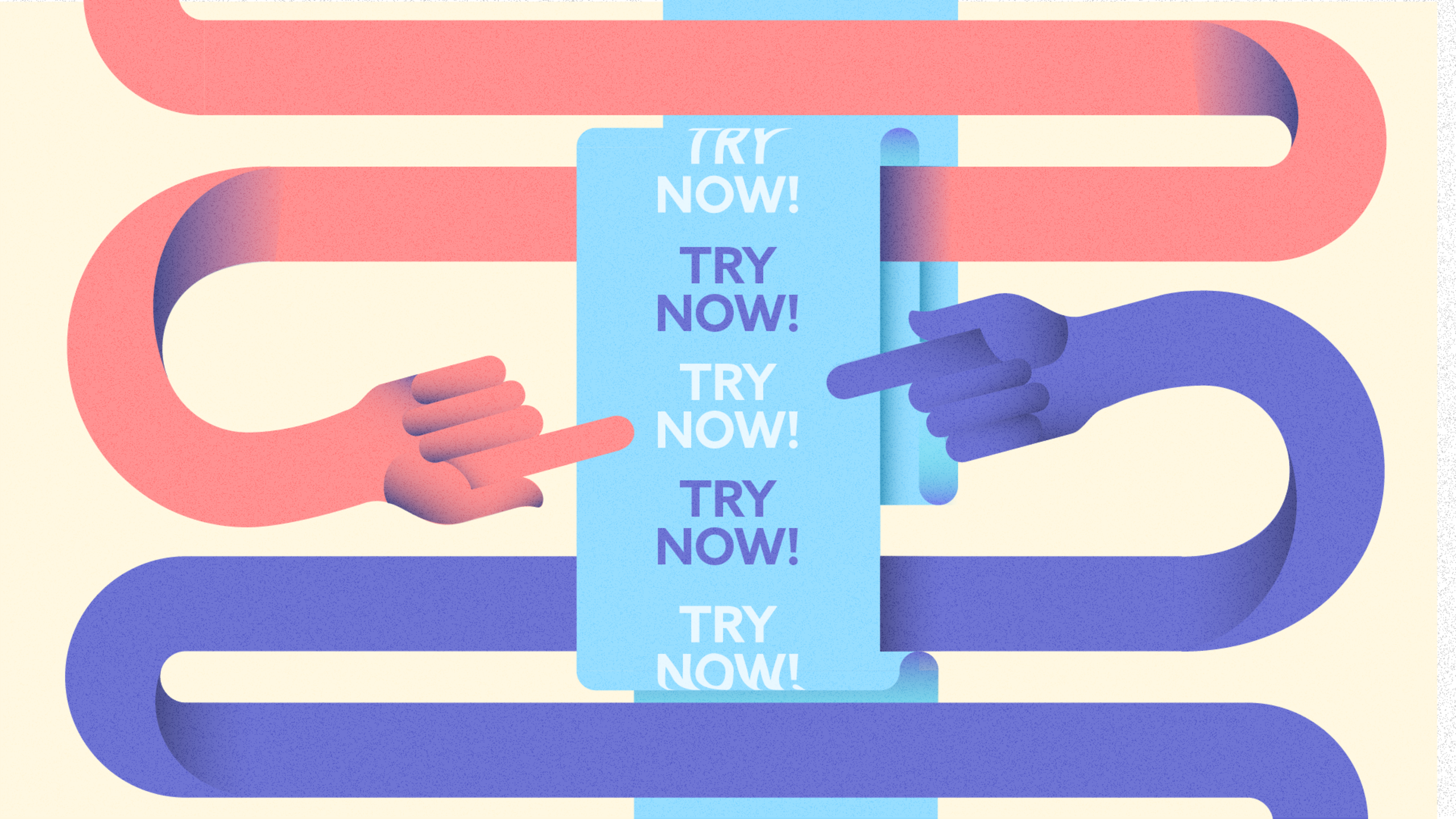Creating a Modern Free Trial with Experiential Product Sites


In this new series, we’re going to be digging in to the business impact of product design. This topic is near and dear to both hosts, Anna Eaglin and Christian Beck’s hearts. If it weren’t for product design, there would be no Better Product.
Join us over the next five weeks as we explore the impact strong product design has on the business. To help kick off the conversation, Evan Tank, Senior Product Designer with Innovatemap, sits down to share the definition of product design while distinguishing it from UX and UI design.
To never miss an episode and gain exclusive access to additional resources head over to betterproduct.community.